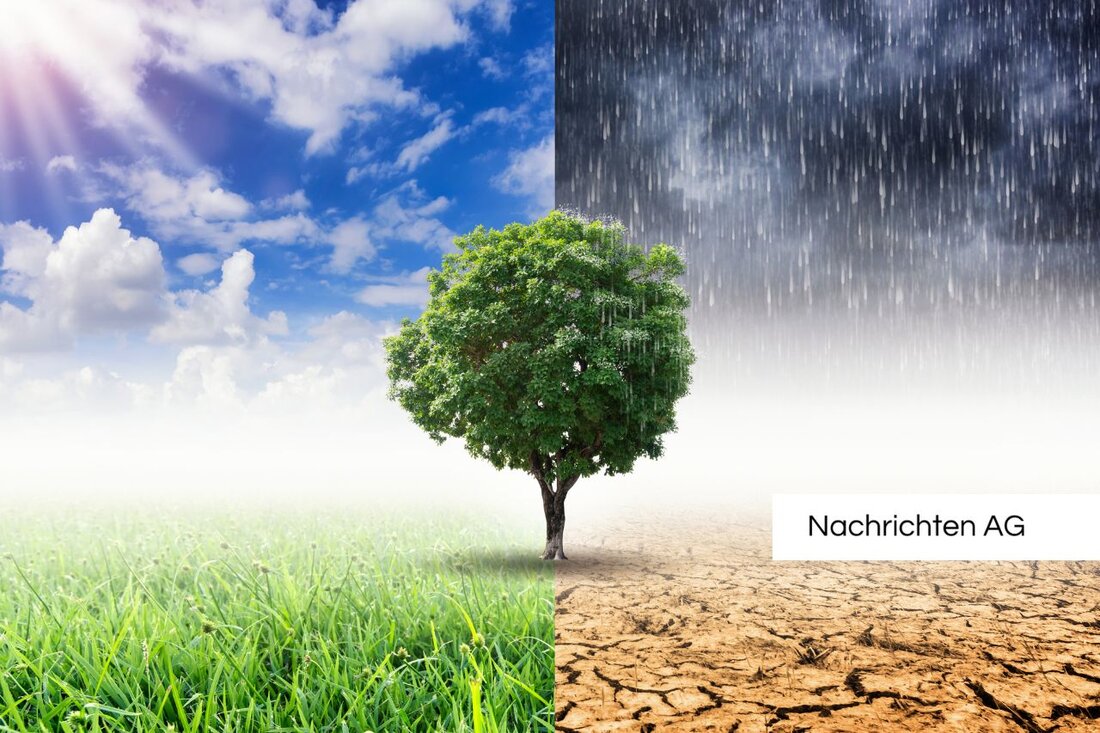Concrete construction: The key to sustainable building in Austria!
Concrete construction: The key to sustainable building in Austria!
In the lively discussion about the future of building in Austria, the focus is on the hay market. This location in which the building sector, according to MeinDribration for about 10% of the greenhouse gas emissions, brings various aspects of the planning and construction on the table. How the techniques develop in the direction of sustainability and what role concrete plays are central questions that are currently concerned with many Viennese.
What makes concrete so special as building material? We emphasize the numerous advantages: Concrete not only has the ability to store heat, but also helps to reduce the energy requirements of buildings and to extend their lifespan considerably. By using high-quality concrete, CO₂ emissions can be significantly reduced compared to conventional materials, such as Portlandzement. As sustainable-bau-beton.de , the CO₂ footprint of concrete and concrete structures could even be reduced by around 20 %. This is not only the climate, but also the planners who can work with regional raw materials.
ecological responsibility in construction
The building sector alone contributes to around 38% of energy emissions worldwide, according to the UN environmental program. With the aim of having to halve the CO2 emissions in the building area by 2030, it becomes clear that sustainable construction is not just an option, but a necessity. The focus here is not only on the reduction of energy requirements, but also on the development of intelligent material strategies over the entire life cycle of a building. So if you want to build for the future, you cannot avoid taking these aspects into account.
An important topic is the energetic renovation of existing buildings. Instead of always building new areas, it is important to use the potential of old buildings. Flexible usage concepts could help avoid vacancy and relieve the environment. The German Society for Sustainable Building (DGNB) also recommends using innovative, recyclable materials and reducing the gray energy that arises before using a building, as under info.aon.de can be read.
- the proportion of greenhouse gas emissions of the building sector in Austria is about 10%.
- is often heated with considerable energy expenditure, which can be reduced by suitable materials such as concrete.
- Sustainable construction can be supported by regional raw materials.
- A third of the emissions arise before using a building.
How things will continue with the hay market and the general debate about sustainable building in Vienna remains exciting. One thing is certain: the city has a good knack for sustainable solutions that make both ecologically and economically use. It is up to us to accept this challenge and to make a sustainable future with clever decisions.
| Details | |
|---|---|
| Ort | Landstraße, Österreich |
| Quellen | |


Kommentare (0)